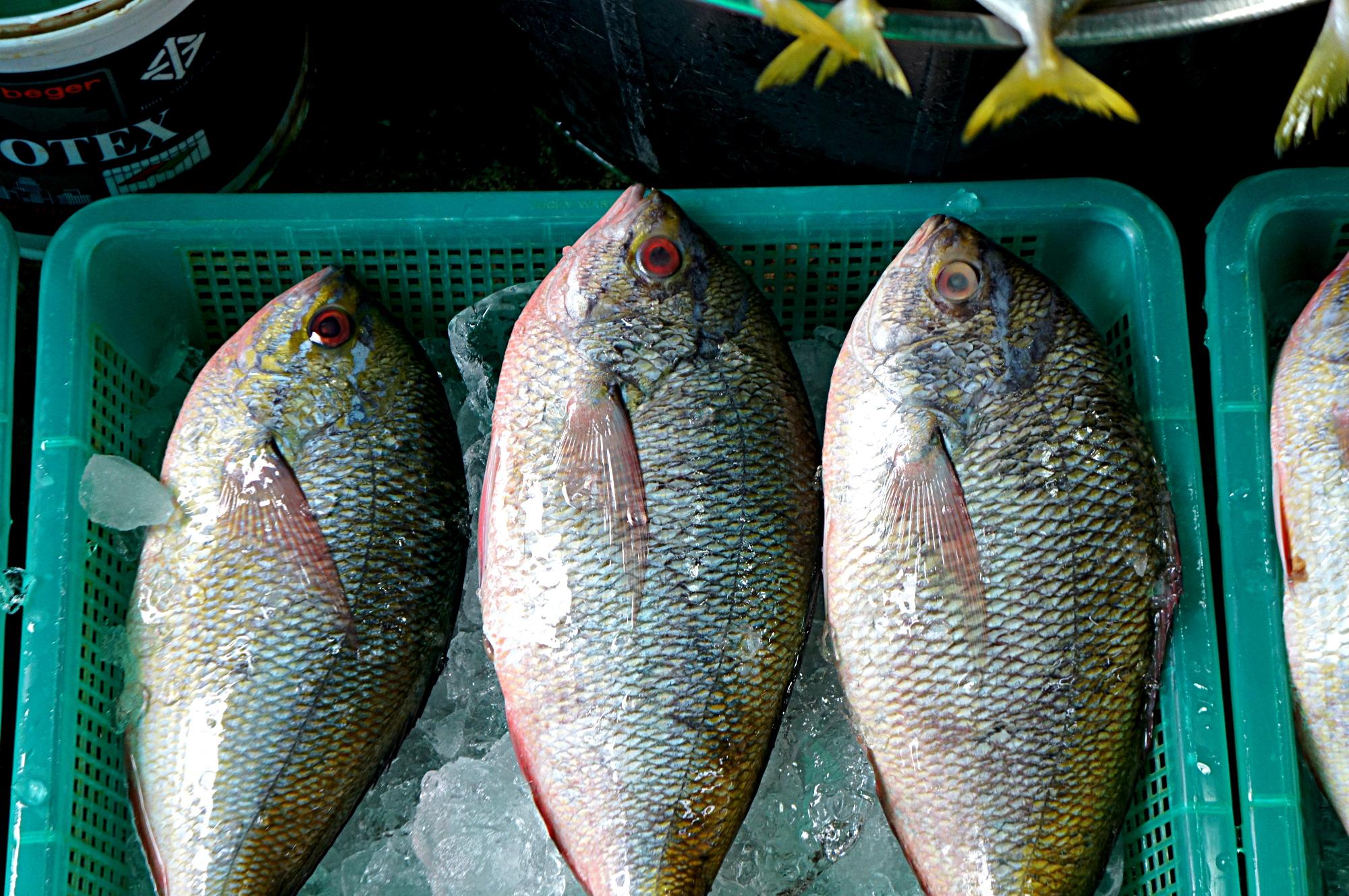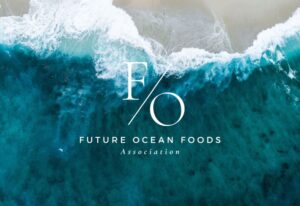A group of researchers operating under the project label Fish SCALE (Seafood Compliance and Labeling Enforcement) at the U.S. Food and Drug Administration (FDA) are using DNA sequencing to help combat seafood fraud.
“Seafood fraud is not necessarily a new thing,” says Gavin Gibbons, vice president of communications for the U.S. Better Seafood Bureau (BSB). “Types of wholesale fraud like ‘short weighting,’ which involves 8 pounds of fish in a 10 pound box with an extra 2 pounds of ice, have gone on for quite some time.”
Over 90 percent of the seafood sold in the U.S. is imported from around the world, creating substantial opportunities for slippery mix-ups in species identification. According to an October 2014 FDA study, only 85 percent of seafood is labeled properly.
What’s really brought this issue to the forefront is species substitution and menu mislabeling, says Gibbons. Consumers have taken quite a bit of offense to finding out that the expensive sea fare they ordered was actually something completely different — and much cheaper than what they thought they were eating.
What’s making seafood fraud so easy? “A fish that has been headed and gutted, meaning it is already in fillet form, does make fraud easier,” says Gibbons. “But, that’s not to say it’s more susceptible. Fish fraud is like any other fraud, it’s about dollars and cents. If an unscrupulous dealer thinks he or she can pass off a less expensive fish as a more expensive one, that is what they will do.”
Prior efforts at combating deception in seafood have taken more of a reactive approach. The Better Seafood Bureau maintains a reporting hotline, providing members with a way to report seafood fraud while remaining anonymous. “Fraudulent offers are reported to the BSB all the time,” says Gibbons.
During the 1990s, the FDA relied on proteins to verify seafood’s true identity, but this required maintaining frozen tissue samples to serve as standards. The frozen tissues would eventually break down over time — roughly 10 years — making the system a bit of a chore to maintain. By 2000, the FDA was unable to identify certain species all together after the samples went bad.
Unlike the outward appearance of fish, however, the DNA make up does not change. Fish SCALE first turned to DNA to help control the importation of puffer fish in the U.S. Certain varieties of puffer fish are highly toxic, and only one is authorized for importation into the U.S. When shipments of unlawful puffer fish are received, a standing import alert must be provided to FDA field staff informing them that the shipment may be refused admission into the country.
In 2007, a number of reports bubbled up linking illness outbreaks to potential consumption of toxic puffer fish. The FDA’s first inclination was to confirm what type of puffer it had on its hands. By this time, the FDA’s protein-based tissue sampling program had disappeared. Looking for a new way to identify fish, the FDA turned to researchers at the University of Guelph, which is now known as the Canadian Centre for DNA Barcoding.
Since then, the Fish SCALE project has flourished, resulting in a reference library of DNA species for a wide variety of commercial fish, crab, shrimp, and lobster species. With some assistance from Darryl Felder at the University of Louisiana at Lafayette and the Smithsonian, the project has been able to accurately classify countless types of edible — and perhaps more importantly, inedible — types of sea fare based on their DNA. So far, the publicly-accessible database contains over 1,000 DNA sequences on it. The FDA plans to add new sequences on a rolling basis.
DNA barcoding provides an additional advantage over traditional tissue-sampling methods, which were only able to provide a positive or negative match indication. Because DNA among similar species bears a similar resemblance, researchers can usually narrow down a mystery fish to a specific species type even if they aren’t able to match its DNA with a sequence in the library.
On a broader level, the Fish SCALE project is allowing the FDA to take a more proactive approach to preventing fraud. Once an import of fish is identified as containing a mislabeled species, the company that imported the fish is placed on an import alert. Since the Fish SCALE project began, at least 12 firms were added to this list.
According to Gibbons, this technology has resulted in a serious breakthrough for fighting fish fraud. “FDA has taken a digital DNA database and applied it to fraud fighting in such a way that they don’t have to test every piece of fish. They’re using the technology to narrow down where the fraud is happening and even which fish need more attention than others,” says Gibbons.
He also cites a lack of enforcement power as one of the reasons that fish fraud has become so pervasive. “All along, we’ve said we don’t need more laws, we need more enforcement and the FDA is stepping up and providing that with this project. It’s a great example of using limited resources effectively and then applying enforcement strategies where needed.”
In June 2015, the U.S. Department of Health and Human Services (HHS) honored Fish SCALE’s work over the last seven years with a 2015 HHS Innovates Award. The team of researchers, which consists of principal investigator, Jonathan Deeds, and six other researchers, noted that dozens of other people within the FDA and in other organizations were vital in making the project a success.
Best of all, this technology is highly scalable and will likely become more cost efficient in the future. Soon, fish retailers could rely on a spin off of the database to verify each import shipment as it crosses their docks. “The digital DNA database is an example of a technology that is being effectively used, but could be a game changer in the future as it gets cheaper to invest in and easier to use in the field,” says Gibbons.
With over 30,000 different species of fish in the word, the project still has a long way to go. But, unlike the FDA’s former tissue sampling method, the work put into building the comprehensive database will provide an indefinite resource that may prove useful outside of ensuring that the sustainably raised Peruvian sea bass you ordered isn’t a guppy in disguise.
Have any news, tips or want to write a guest commentary? Email [email protected]

















Sponsored
International Fresh Produce Association launches year 3 of its produce accelerator